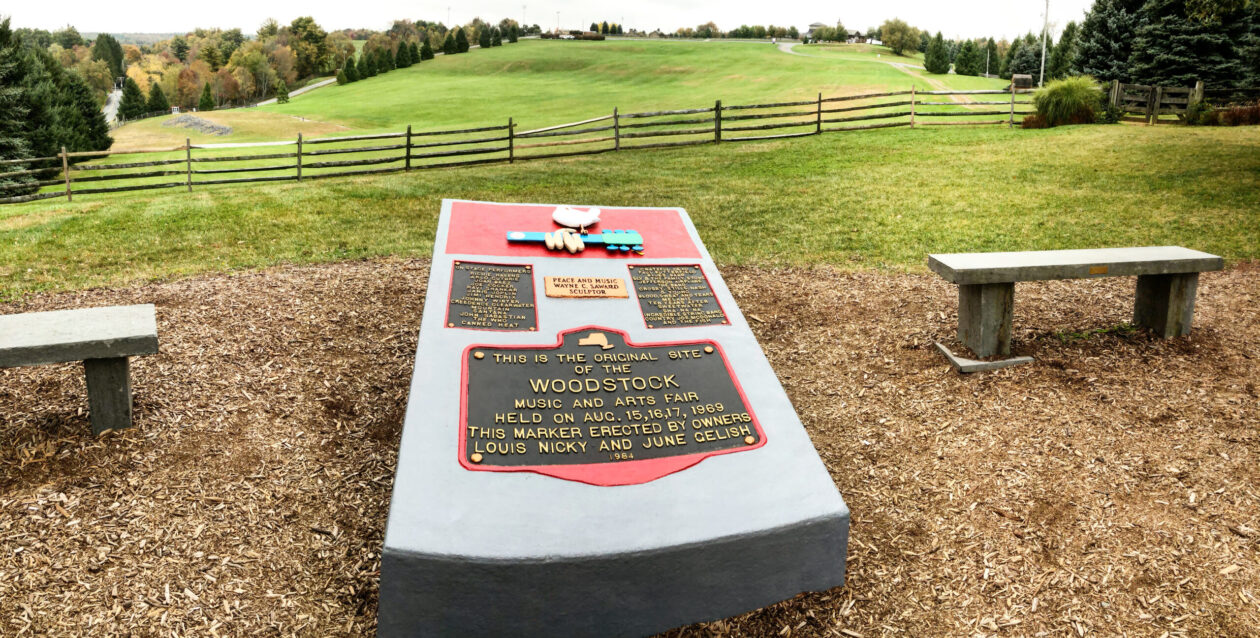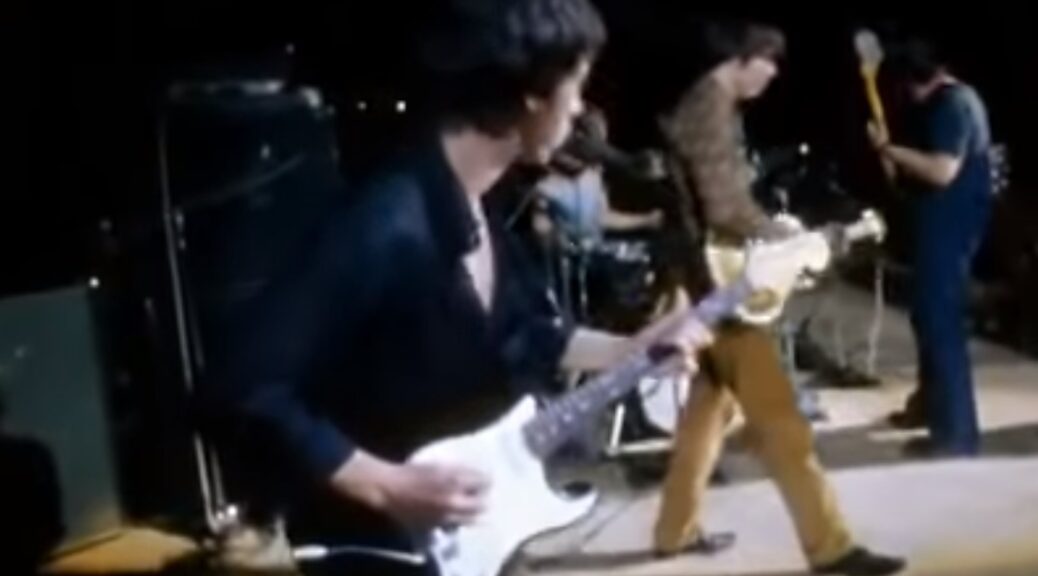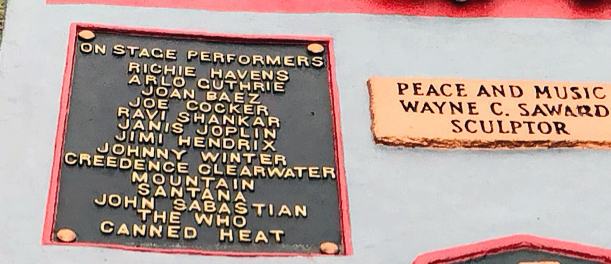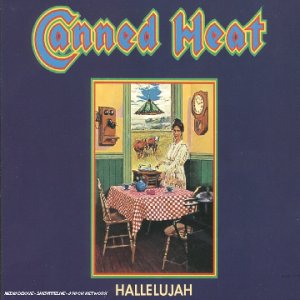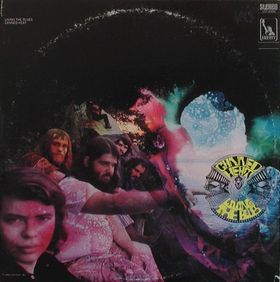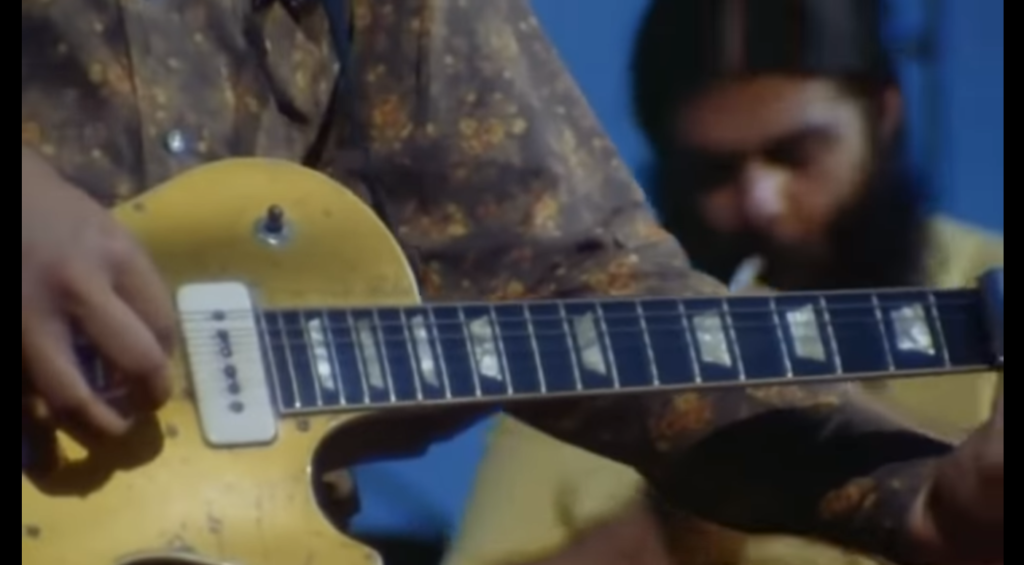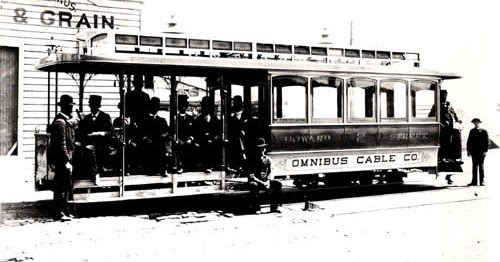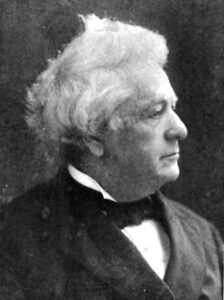Eddie Kramer
Happy birthday and thank you!
Born in born in Cape Town, South Africa on 19 April 1942
Why is Woodstock so famous when there were so many other similar festivals in 1969?
The answer has several parts, but the two of the major pieces are: the movie, the recording.
The idea of a movie was at first thought one too difficult, but Michael Wadleigh and his crew did an amazing job capturing the sights and sounds of the iconic event.
The idea of recording the event was also a fortunate one. So many people saw the film and purchased the music that even the staggering number of 500,000 actual attendees expanded into the millions.
Bill Hanley did the live sound at Woodstock. The father of outdoor concert sound, his expertise enabled those at the concert to hear it no matter where they sat.
While obviously related, the person sending the sound out to a crowd and the person recording the sound have two different jobs. Eddie Kramer recorded Woodstock.
Pye > KPS > Olympic Studios
Eddie Kramer was born in South Africa and studied classical piano, cello, and violin as a child, eventually attending the South African College of Music.
He moved to England when he was 19. There he recorded local jazz groups in a home-based studio, plus installed hi-fi equipment as a hobby.
In 1964 he joined Pye Studios, and recorded a variety of artists including Sammy Davis Jr., Petula Clark and The Kinks
In 1965 Kramer established the sophisticated KPS Studios, which, despite its rudimentary 2-track recording capability, gained such a reputation that in less than a year they were bought out by Regent Sound. They enlisted Kramer to oversee construction of their new four-track studio. [studioexpresso article]
The story is that in early 1967 he was working at London’s famed Olympic Studios. The site had already become a favorite of Britain’s famous young groups like the Beatles and the Rolling Stones. The person in charge of assigning projects apparently thought the new trio there to record was a bit too odd and gave the assignment to a young Eddie Kramer.
The trio was the Jimi Hendrix Experience and the collaboration was historic.
And that was barely the beginning.
In addition to his recording Woodstock, the Beatles [1, Yellow Submarine Songtrack, Magical Mystery Touras well as their singles “All You Need Is Love” and “Baby You’re a Rich Man”] Led Zeppelin [Led Zeppelin II, Immigrant Song, Led Zeppelin III, Physical Graffiti, and 14 more!], Kiss [Alive, Rock and Roll Over, Alive II, Love Gun, and twenty-seven more!] lead an incredibly long list of credits.
Electric Lady
Jimi Hendrix hired Kramer to help design Electric Lady in NYC, a dream recording studio that Hendrix himself barely knew, but became a hugely popular studio [Stevie Wonder, Lou Reed, Rolling Stones, Blondie, John Lennon & David Bowie, Patti Smith, AC/DC, Clash, Billy Idol, the Cars, Weezer, Santans, and many more.] Kramer served as its Director of Engineering from 1970 – 1974.
The studio continues to today.
Woodstock
About Woodstock, the same studioexpresso article quotes Kramer: “I arrived at dawn and was struck by the sight of the sun rising over what appeared to be the stage. The show was scheduled to start by lunchtime. That panic pretty much set the tone for the entire concert. All of us in the crew had Vitamin B shots, so that we would be able to stay up for three days. The whole thing was recorded under the most primitive of conditions, but we got it done,” says Kramer. “Woodstock was 3 days of hell and drugs”.
Heavy Metal
Besides Kiss, Kramer worked with other metal bands such as Fastway, Anthrax, Alcatrazz, Raven, Loudness, Triumph, Whitesnake, Ace Frehley’s post-Kiss solo outfit, Frehley’s Comet, and others.
All Along the Watchtower
Recorded between January – June 1968, Jimi Hendrix’s cover of Bob Dylan’s All Along the Watchtower, Kramer helped create one of the most iconic rock songs of all time.
In the video below, Kramer describes recording the song whose personnel included Dave Mason and Brian Jones. Be ready for some heavy tech talk.
Lately
The most recent highlight in Kramer’s career was an Emmy award for best sound in The American Masters Hendrix documentary “Hear My Train A Comin’.
Kramer is currently working on his memoir, From the Other Side of the Glass.
Meteor17.com
This brief post only scratches the surface of Kramer’s contributions and accomplishments. The site meteor17.com has an excelled timeline about Kramer’s career. The piece puts Kramer’s work into an historic perspective.
